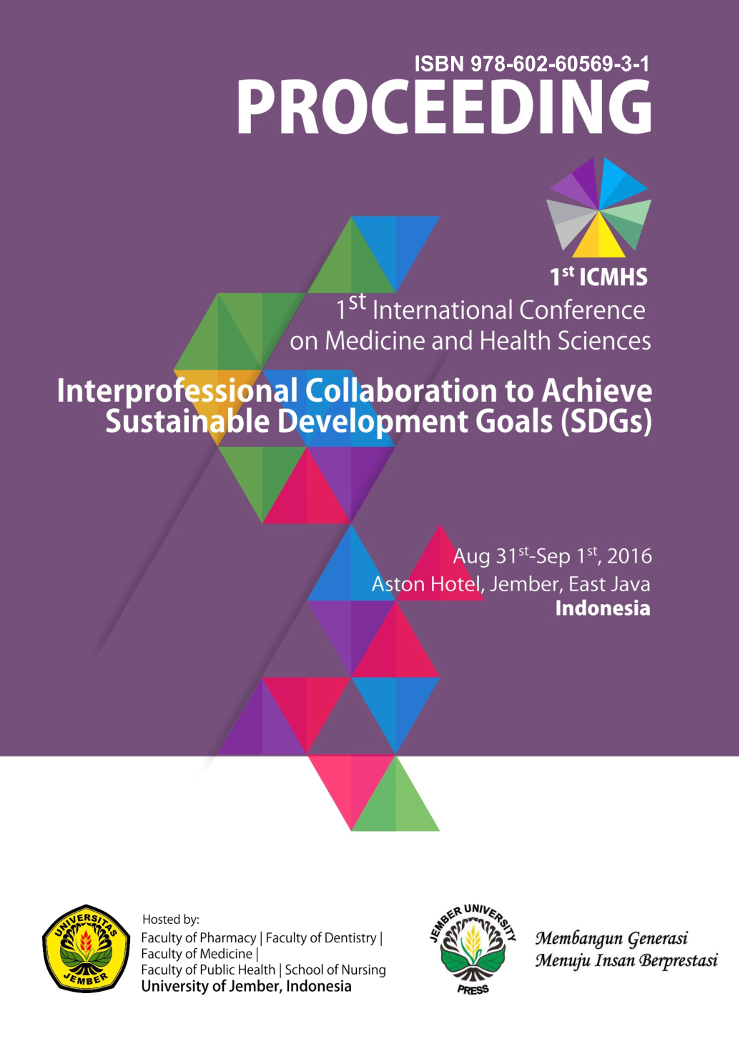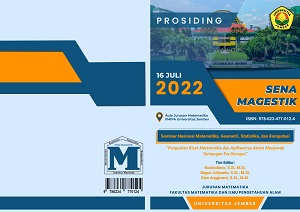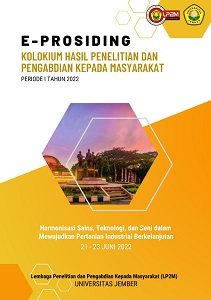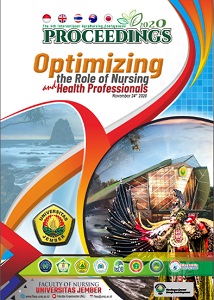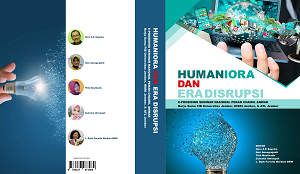FORMULATION AND OPTIMIZATION OF CAFFEINE NANOEMULSION USING FACTORIAL DESIGN STUDY
Abstract
Caffeine was an alkaloid commonly used as activeingredient in cosmetics due to its high biological
activity for skin health as anticelulit, sunscreen,
antioxidant, and photoaging inhibitor [6]. Caffeine
had potential antioxidant properties that could
protect cells against the UV radiation induce
carcinogenesis with stimulatory effect on apoptosis
in the UVB-treated epidermis cell in mice skin [8].
High hidrophilic properties of caffeine (log P = -0.07)
caused difficulties to penetrate through the stratum
corneum of human skin [9]. Nanoemulsion was a
drug delivery system that had good stability and
could potentially increase penetration of the drug
through the skin that had particle size approximately
1 – 100 nm. Oil phase, aqueous phases, and
surfactant are basic component of nanoemulsion
[11]. Surfactant was the important compound in
preparation of nanoemulsion. Type, amount of
surfactant, and HLB value of surfactant can influence
nanoemulsion stability [1]. Isopropyl miristate (IPM)
was chemical penetration enhancer (CPE), was
added in skin drug formulation to incrase the
penetration ability of the drug [3]. This study aimed
to investigate the effect of hydrophile lipophile
balance (HLB) value of surfactant combination
(tween 80 and span 80) and IPM concentration on
the stability and penetration ability of nanoemulsion
using factorial design method and obtain the
optimum formula of caffeine nanoemulsion using
Design Expert 9.0 analysis.
Published
2017-01-27
How to Cite
AF-IDAH, Bannan Muthi’atul; NURAHMANTO, Dwi; RISKY, Dessy Dwi.
FORMULATION AND OPTIMIZATION OF CAFFEINE NANOEMULSION USING FACTORIAL DESIGN STUDY.
UNEJ e-Proceeding, [S.l.], p. 6-9, jan. 2017.
Available at: <https://jurnal.unej.ac.id/index.php/prosiding/article/view/3874>. Date accessed: 24 apr. 2024.
Section
General

